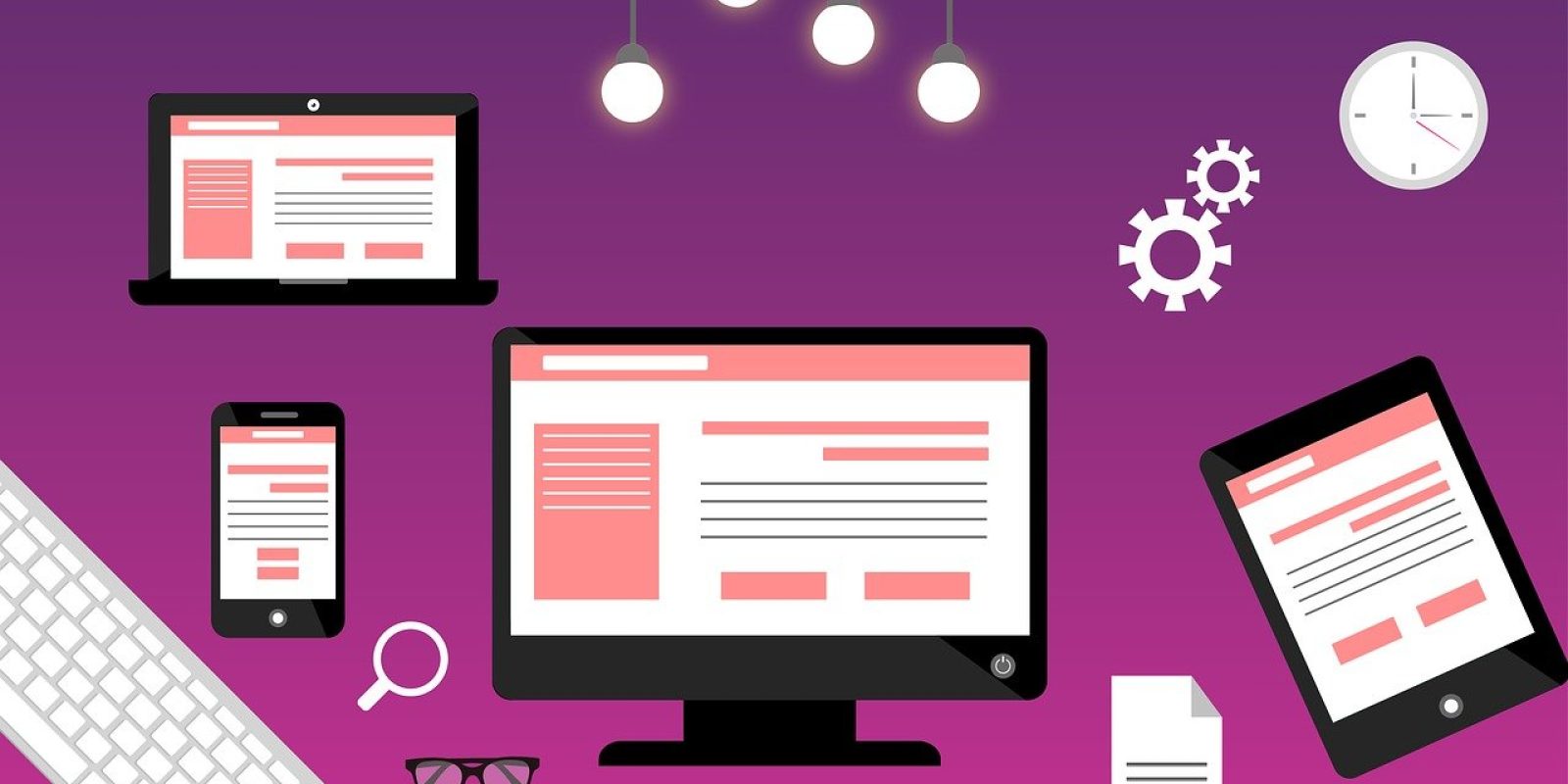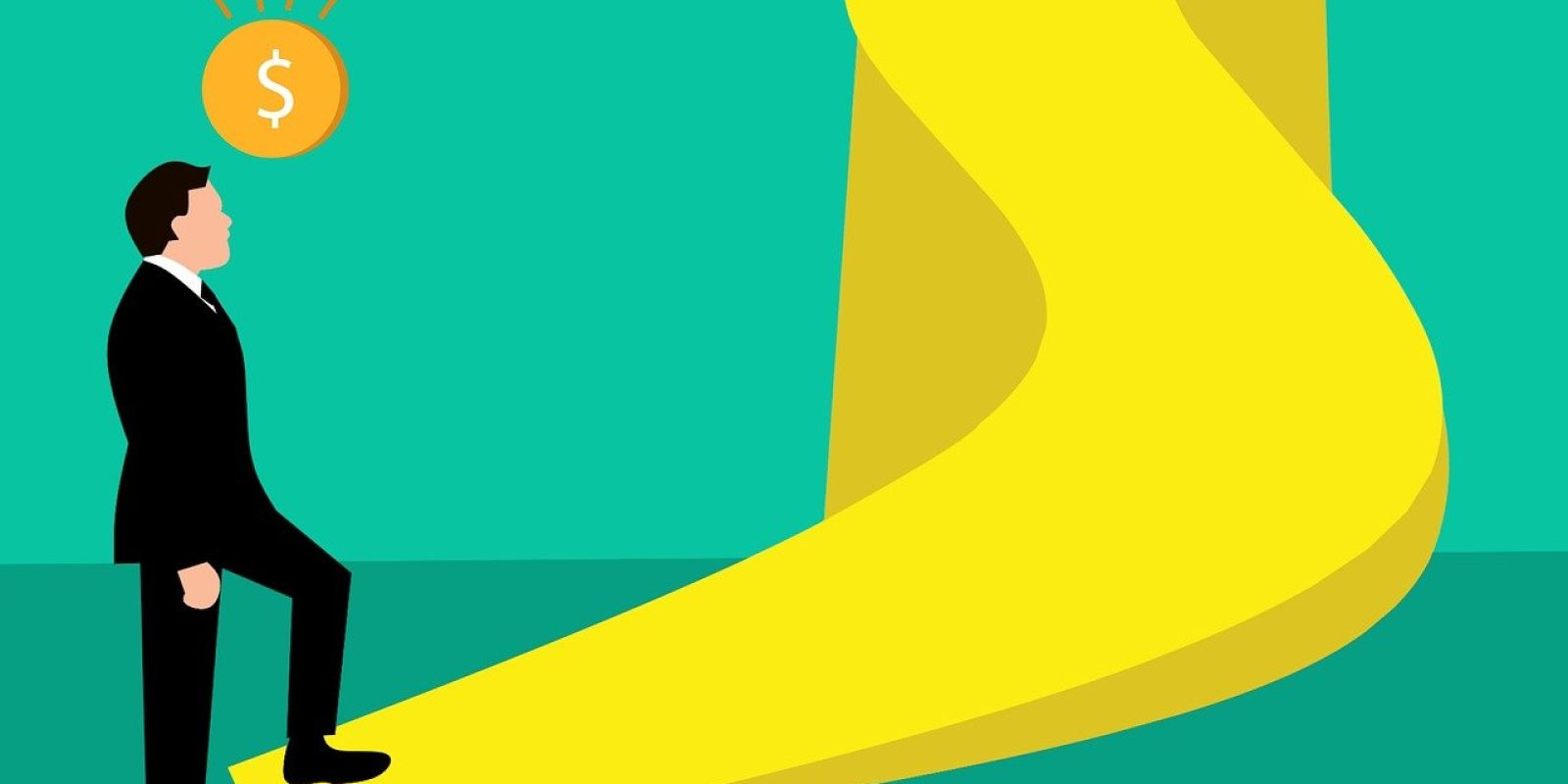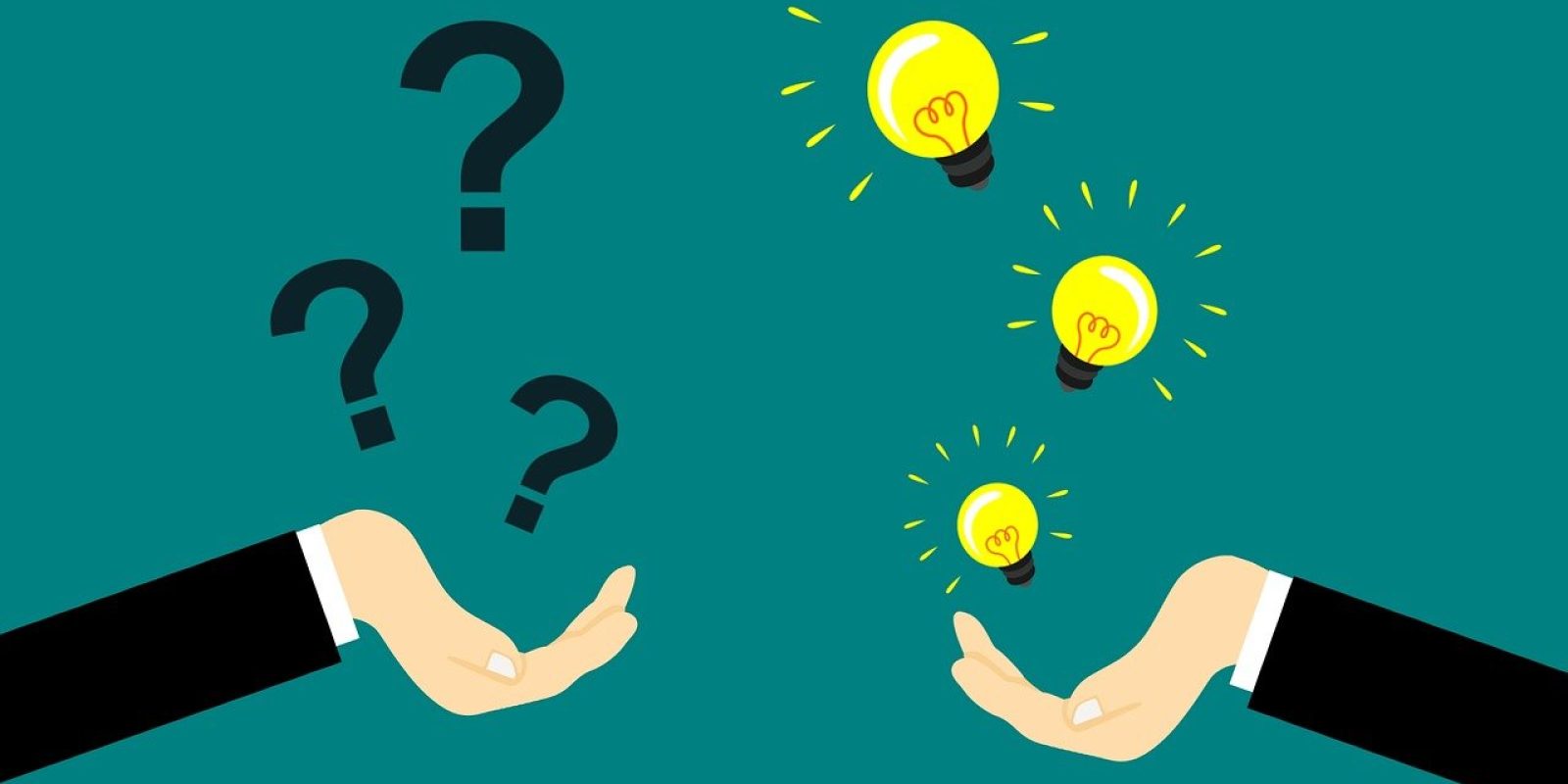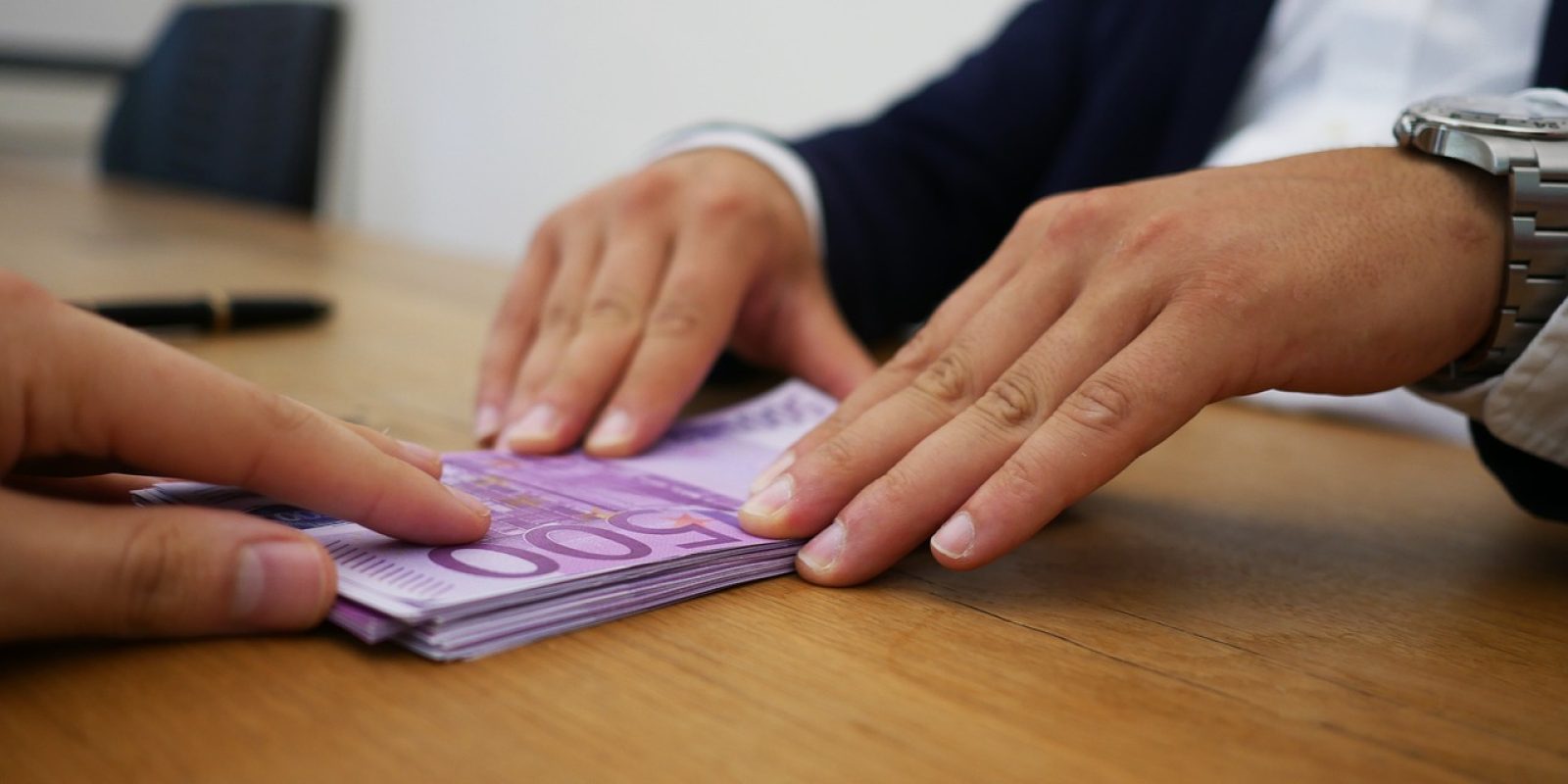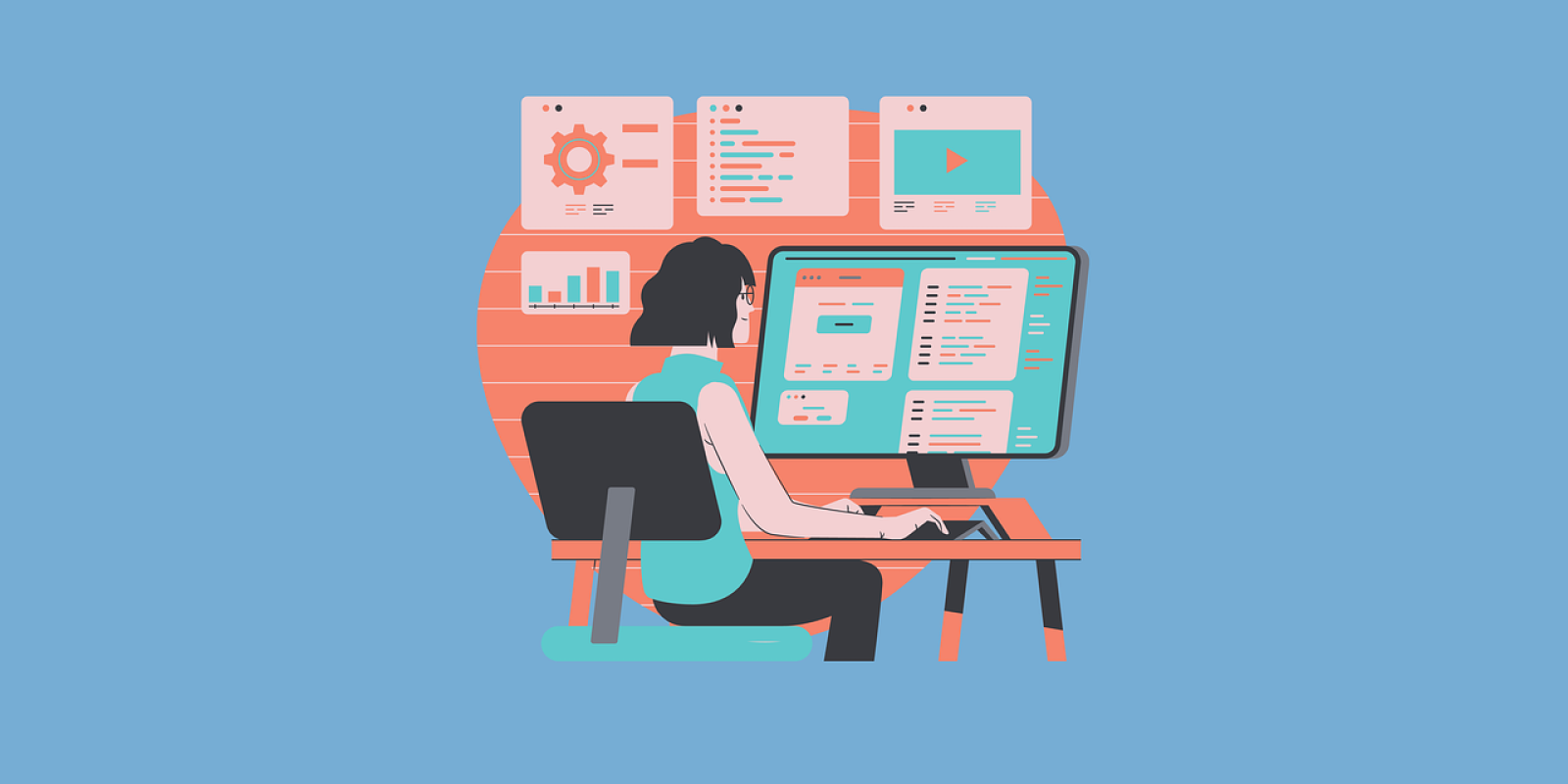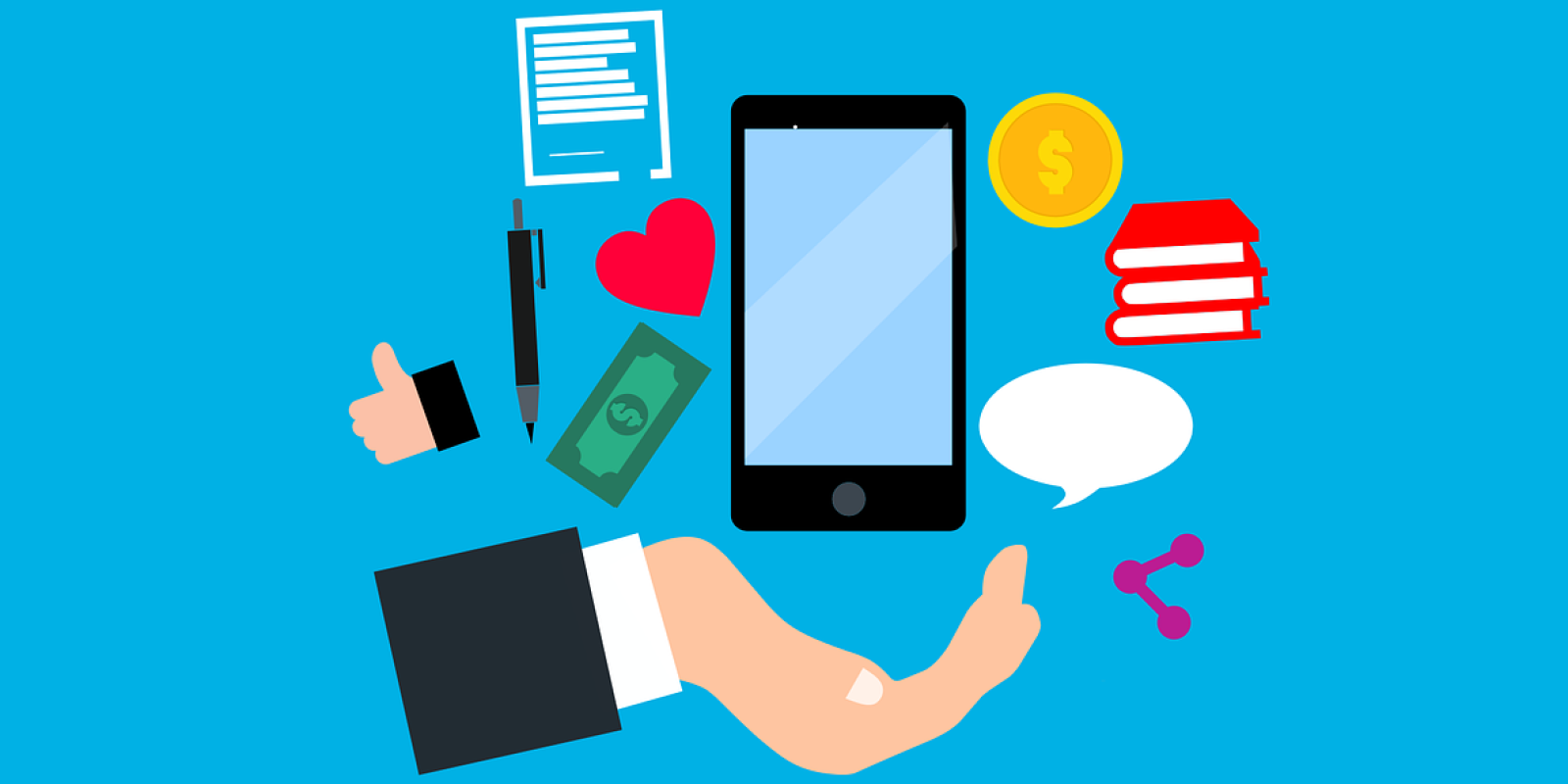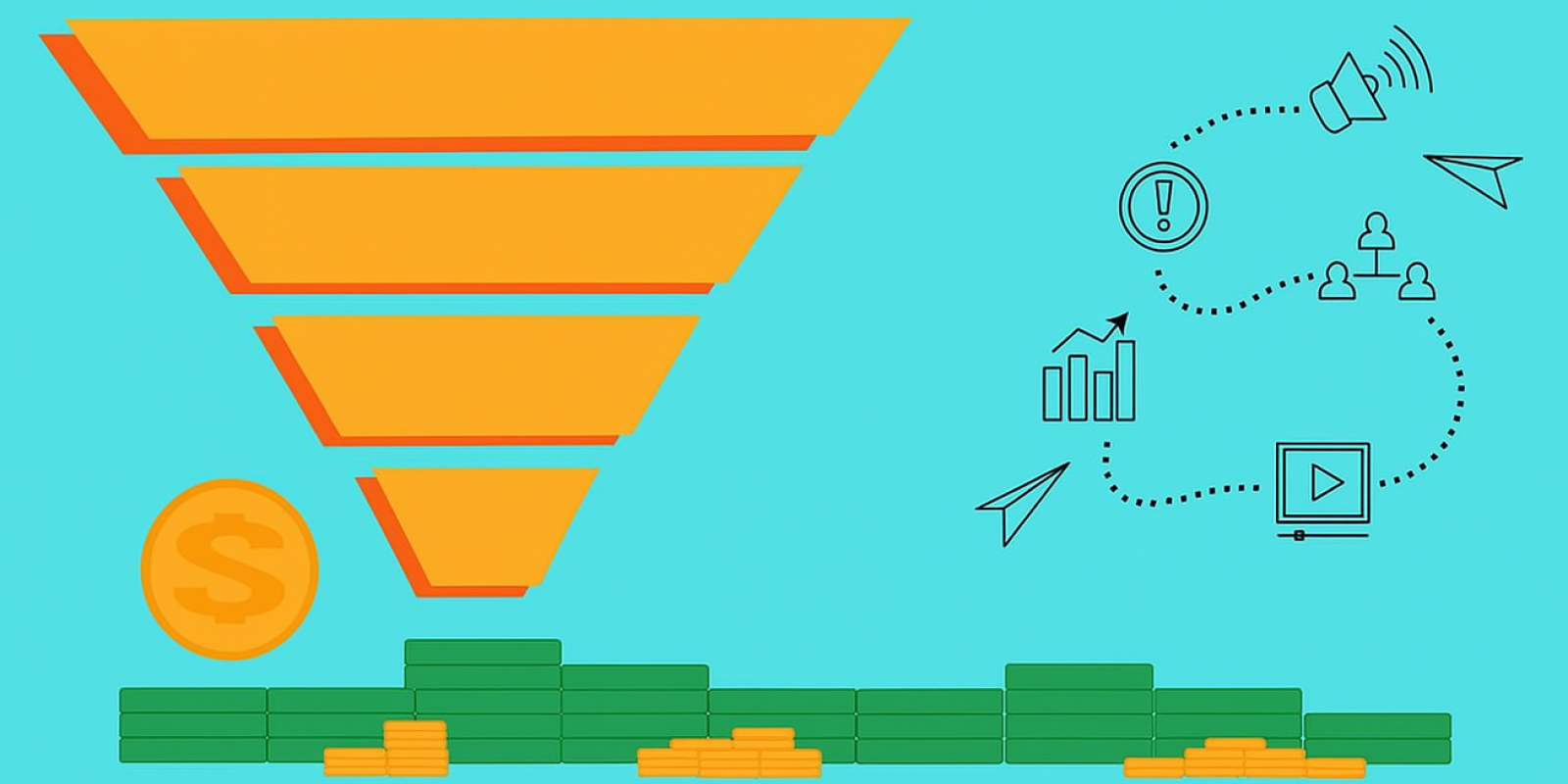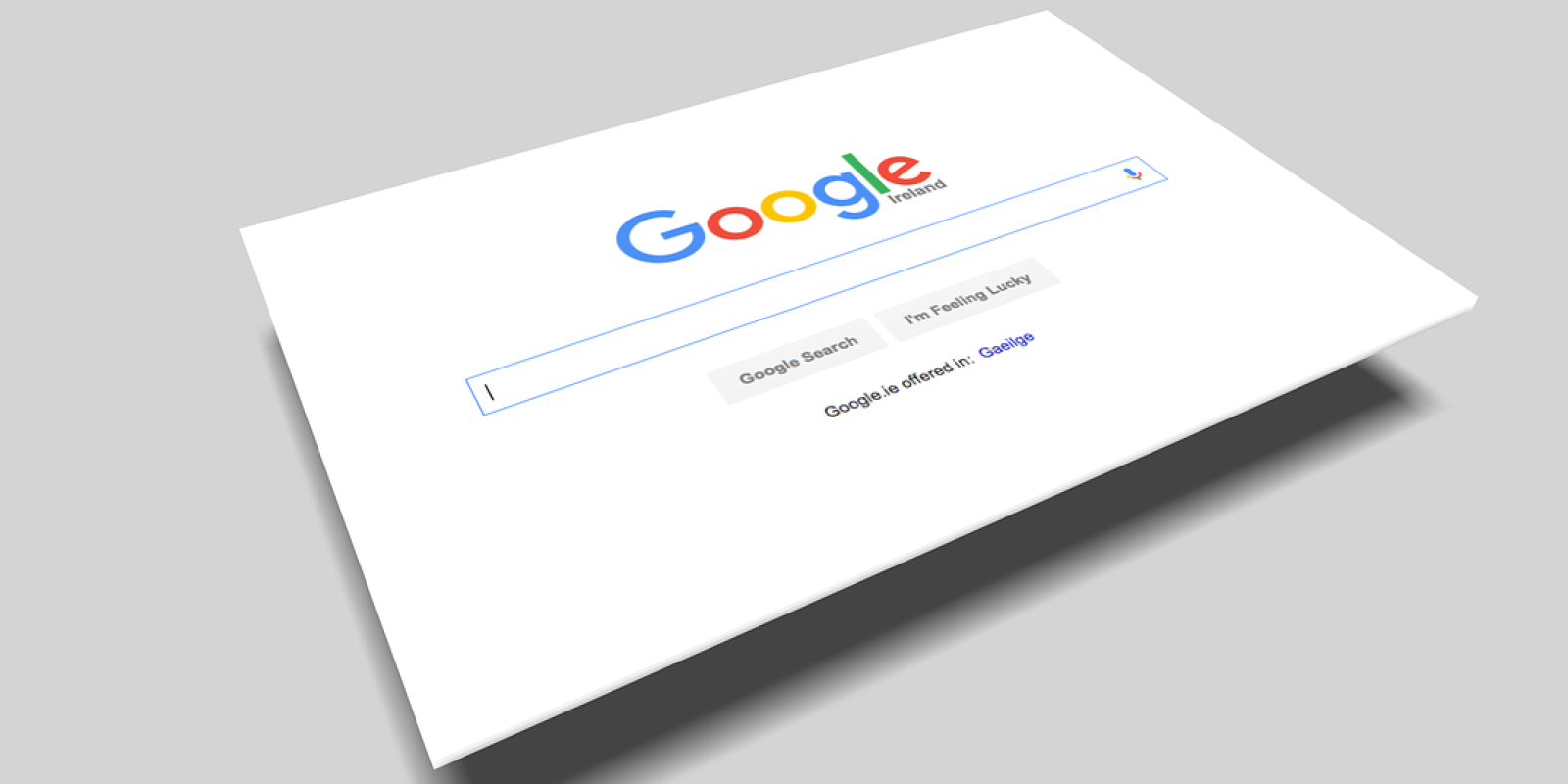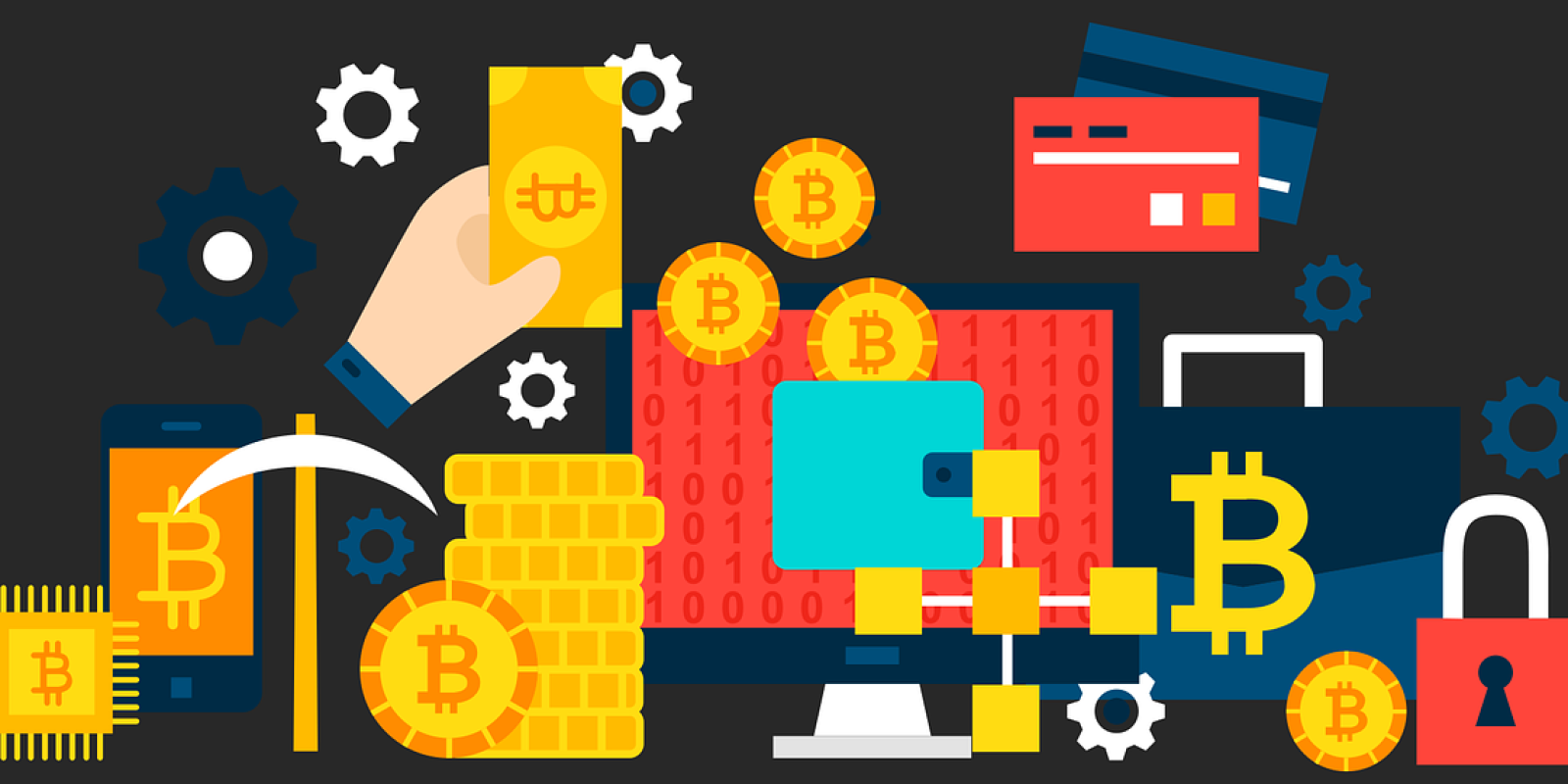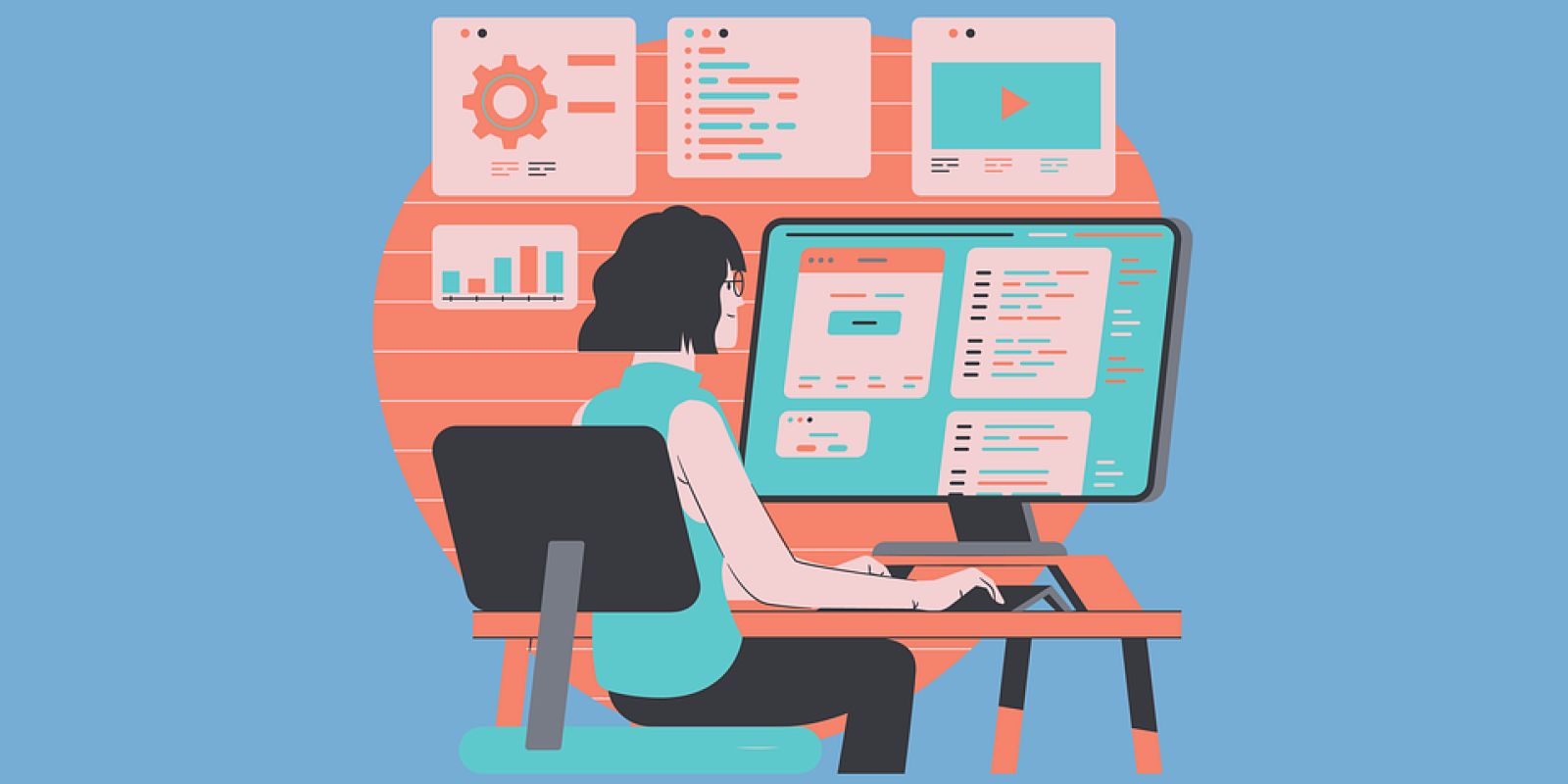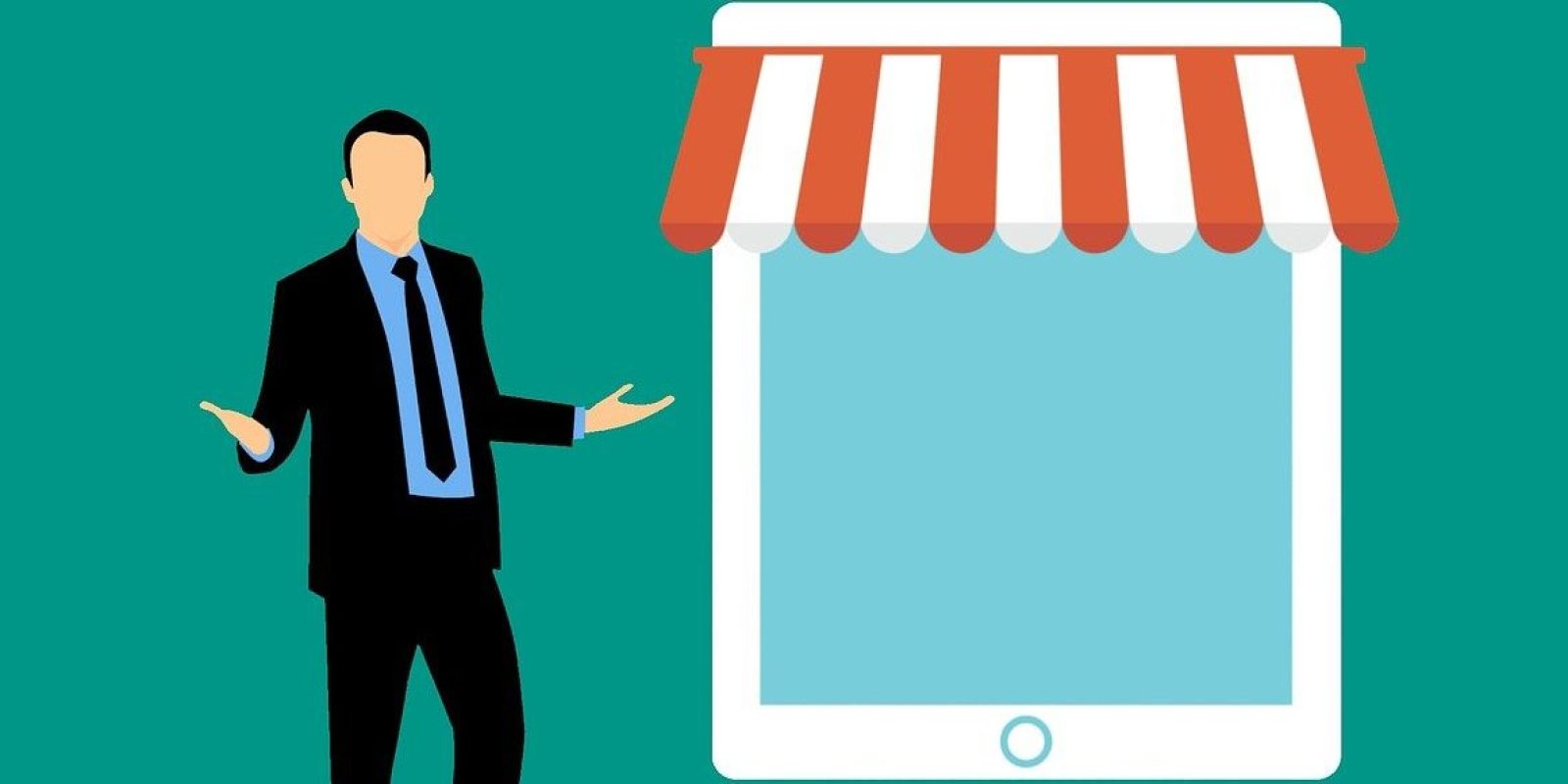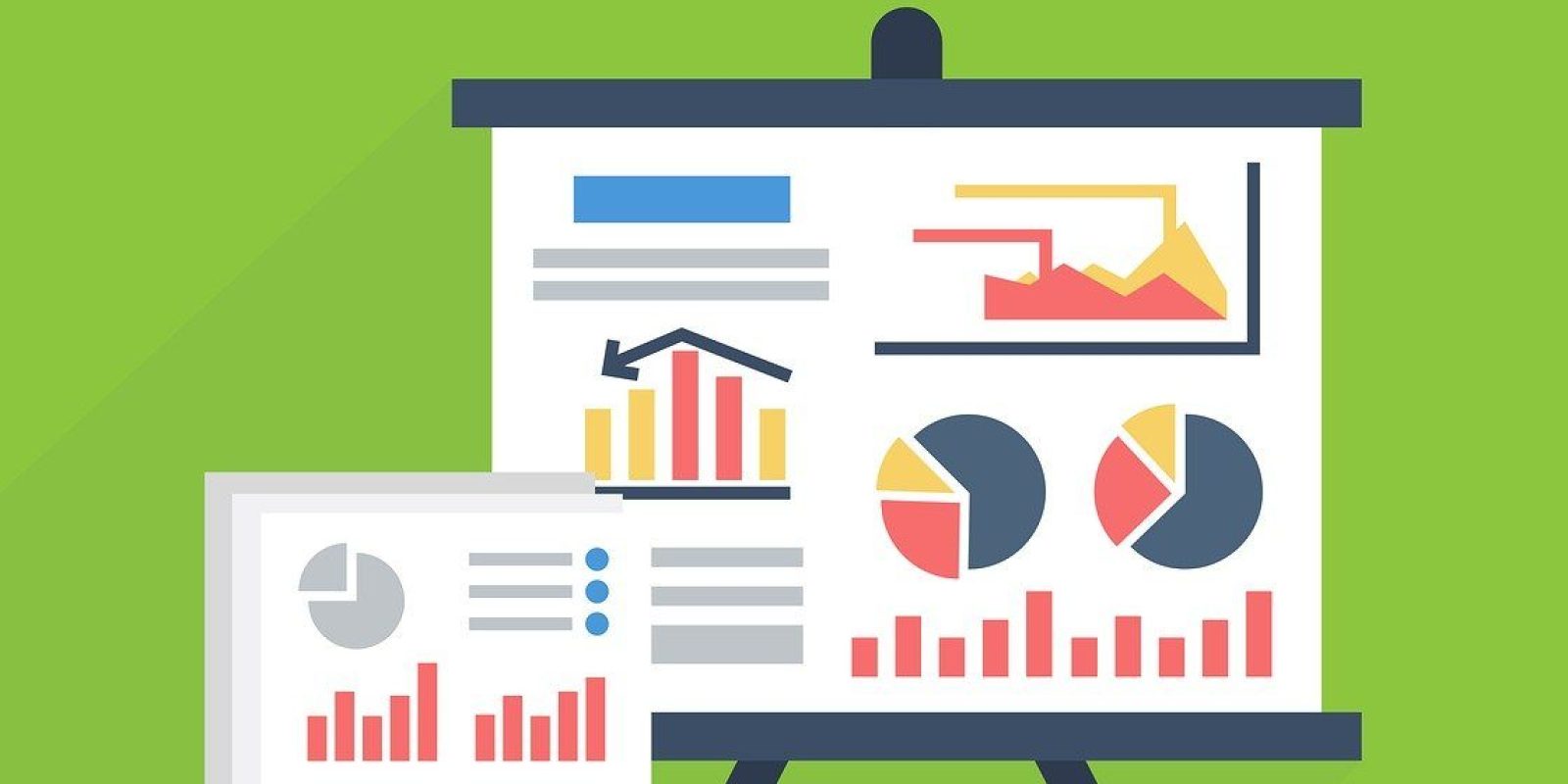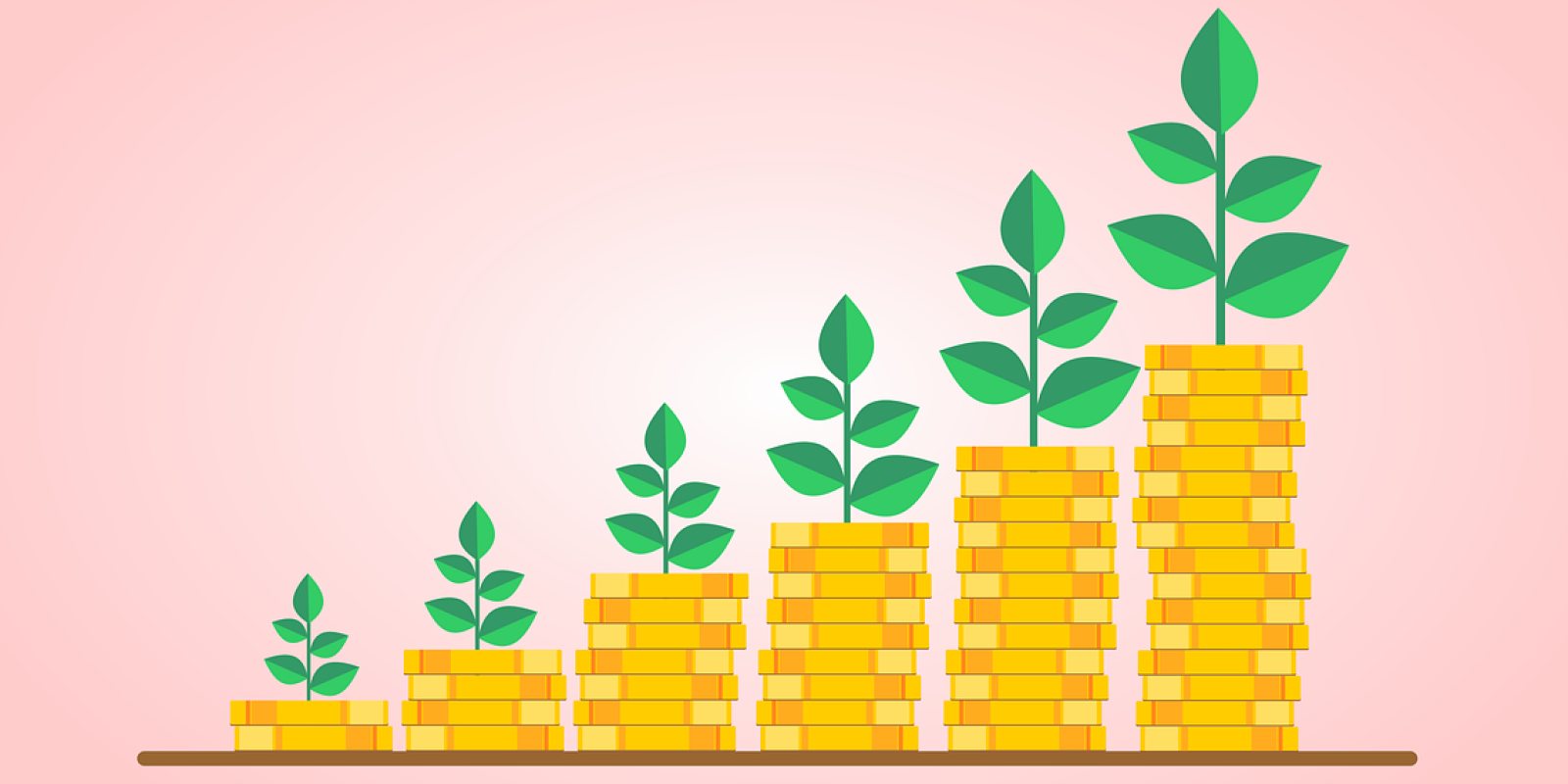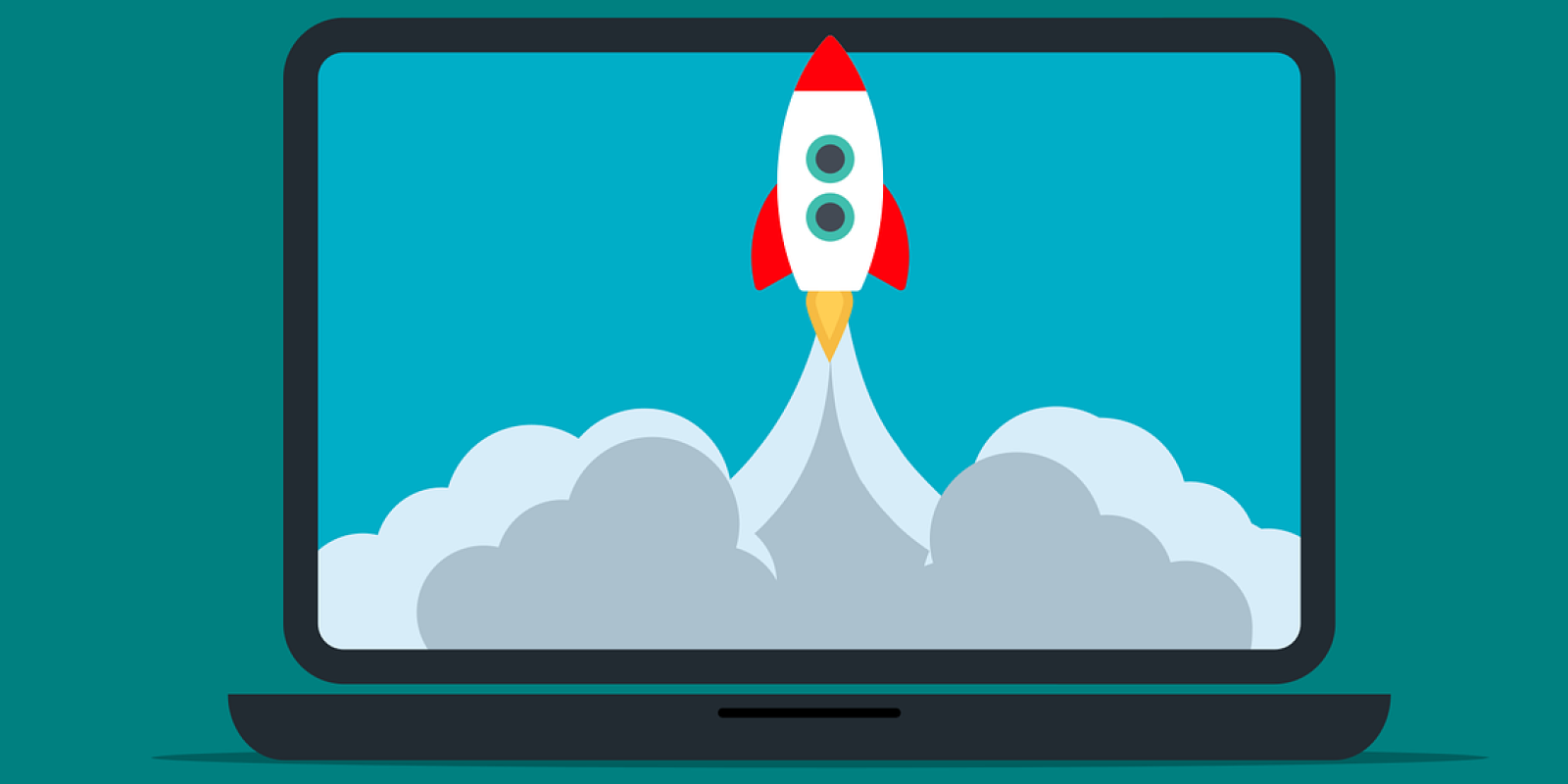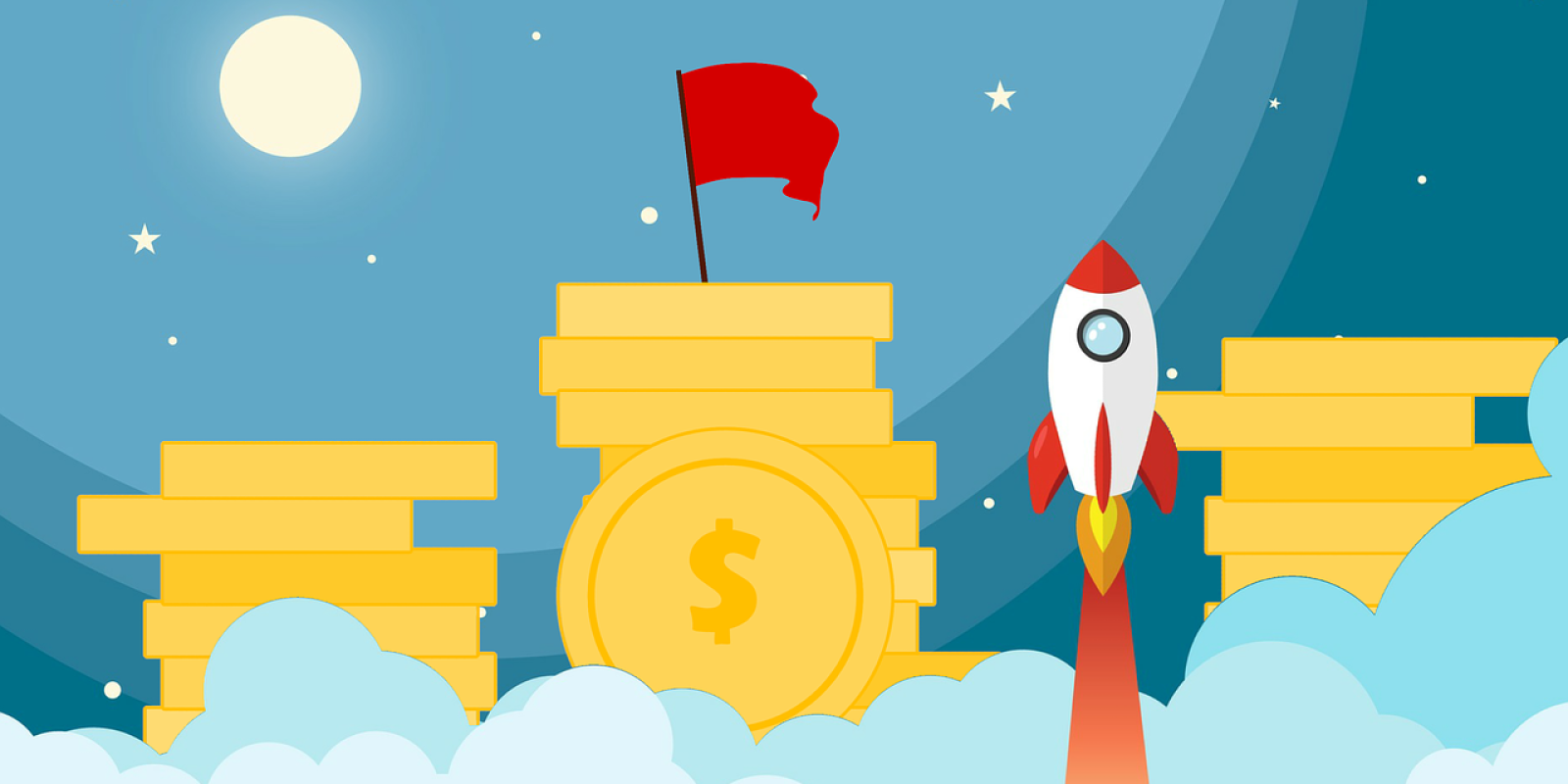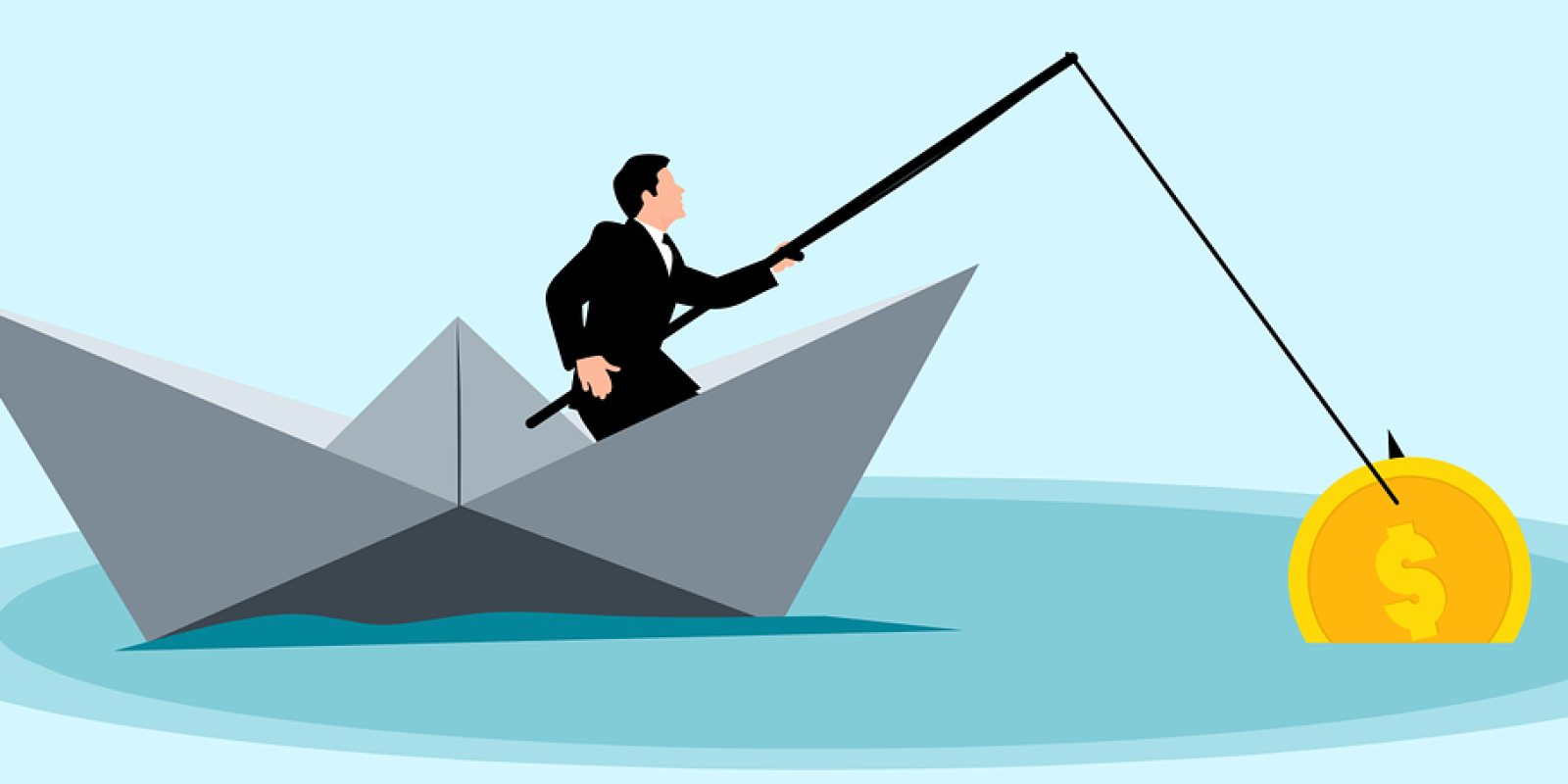- When to avoid crowdfunding: Pre-seed startups
- Testing and early capital research: Seed startups
- When to do crowdfunding: early stage and Growth startups
- The benefits of crowdfunding at the right time
- The right time for crowdfunding is not enough
- Want to learn more directly with our crowdfunding experts about the topic you are reading about?
- Do you need support in preparing a successful crowdfunding campaign and seeking potential investors for your project?
Doing crowdfunding is a multifaceted and potentially beneficial opportunity for a business, but in order to really take advantage of it, it is necessary to understand when is the right time to do crowdfunding. In the life of a company, as well as in the personal life of any individual, there are many actions and activities that are in themselves profitable and correct, but if they are carried out at the wrong time, they turn out to be useless or even harmful.
Crowdfunding is one of them: it is a powerful tool for raising capital and validating a project, but its success and beneficial effects depend heavily on when it is initiated. We addressed this topic marginally in the article on who can do crowdfunding, in which we emphasized how equity crowdfunding is not for everyone, but below we will focus more specifically on the link between crowdfunding and stages in the life cycle of a startup.
When to avoid crowdfunding: Pre-seed startups
The very first phase of a startup's life cycle is called Pre-seed. This is the time when the business idea is conceived by aspiring entrepreneurs, so it is still in its embryonic state. The enthusiasm generated by the creative impulse and the prospect of success may lead them to want to immediately spread their idea to raise the capital needed to make it a reality, but tempers need to be curbed.
The Pre-seed phase must be a phase of analysis, research, and study around the market, target, and product/service. It is a time of work that is usually kept purely theoretical. Crowdfunding is usually not the appropriate source of funding for these early activities. Pre-see startups work in bootstrapping, that is, using the aspiring entrepreneurs' own capital and capital raised from their circle of acquaintances (the 3Fs: Friends, Family, Fools/Fans).
During pre-seed activities a startup may receive support from an incubator, which usually does not provide financial resources but rather practical resources such as working tools, space, data, etc.
Testing and early capital research: Seed startups
The goal of the preliminary work described in the previous section is to lay the groundwork for the Seed phase, in which we move from theory to practical experimentation. This means creating an MVP, Minimum Viable Product, i.e., a prototype with which one can begin to test the effectiveness of the product and identify a possible business model. The prototype must have all and only the essential features to be used by the first potential customers and to convey its functionality. These first potential customers are called early adopters and play a key role in testing the validity of the product and receiving feedback to improve it.
Only toward the end of the Seed phase, or when it is well underway, is it possible to start building a draft business plan and seeking external funding, for example through crowdfunding. The right time to do crowdfunding at this stage varies from immediately after the creation of the prototype to after the first tests with early adopters, depending on the type of product/service, the needs of the startuppers, the characteristics of the target market, etc.
Indeed, it is important to have a viable and at least partially tested idea and a skeleton of processes and resources before launching into a crowdfunding campaign, otherwise there is too high a risk of failing the fundraiser and damaging the company's reputation before it even has a chance to get off the ground.
In the history of crowdfunding, there is no shortage of examples of startups that failed crowdfunding campaigns precisely because they did not yet have a sufficiently mature product and structure. Here are two:
- The Zano camera, touted as "the world's smallest drone," raised more than $2 million through Kickstarter in 2014, but was never produced due to technical and project management problems.
- The Coolest Cooler, an innovation in the portable cooler industry, also in 2014 raised more than $13 million through Kickstarter. However, the company faced numerous delays in producing and shipping products, generating frustration among backers, some of whom never received anything.
Want to learn more directly with our crowdfunding experts about the topic you are reading about?
Turbo Crowd can reveal to you all the tricks of the crowdfunding trade, explain the capital-raising opportunities available to you, and provide you with practical support to carry out a successful crowdfunding campaign.
When to do crowdfunding: early stage and Growth startups
When the MVP works, the first feedback from early adopters has been received, the first money has been raised, then it is time to validate the work done and try to enter the market. This phase of a startup's life cycle is referred to as the Early stage and it is probably the best moment to do crowdfunding.
Indeed, at this point, the startup knows it has a market, has studied its potential numbers, and has a minimum of metrics and confidence with which to present itself to the outside world in a convincing way. Not only that: crowdfunding requires a minimum of economic resources to invest, a team to engage, and marketing and sales processes to put in place to serve the search for investors. That is why there is a need to have gone through the initial break-in period.
At this stage, usually the most useful type of crowdfunding is equity crowdfunding, but depending on the business model, other modes (lending, reward, etc.) may be effective or better: find out all the types of crowdfunding.
Crowdfunding for Early stage startups then becomes a perfect springboard to land on the market with sufficient energy, visibility and resources and a loyal customer base.
Crowdfunding, however, can also be an excellent capital raising option for startups in the Growth stage, that is, companies that now have a solid product or service and are looking to expand and scale the business. The same is also true for companies that have emerged from startup status and have become SMEs or large companies. Crowdfunding, in fact, is not just a capital raising but a marketing tool that can act as an enabler or accelerator for processes of growth, diversification, internationalization, innovation, repositioning, etc.
The benefits of crowdfunding at the right time
Placing crowdfunding at the right time in a company's medium- to long-term financing strategy allows it to maximize its benefits and complement online capital raising from the “crowd” with more traditional financing tools-for example, venture capital funds or loans-so as to support the company's growth at a sustained and uninterrupted pace.
We want to summarize here the benefits that a startup, SME, or large company can gain if they choose the right time to do crowdfunding, beyond flexible access to capital:
- Diversification of funding sources.
- Validation of the product/service, whether it is the launch product or a new line or a launch in a new market, etc.
- Improving the company's reputation for credit or access to traditional financing.
- Creation of a community around the brand and its product/service, with high involvement of customers, who also become active supporters of the business.
- Highly efficient visibility, word-of-mouth and loyalty building through a unique marketing operation that is distinctive from competitors.
The right time for crowdfunding is not enough
The benefits listed in the previous paragraph do not come by themselves, automatically, if you identify the right time within the life of the company to do crowdfunding. You also have to do it right.
Indeed, the success of a crowdfunding campaign depends on careful preparation and planning: it cannot be improvised. That is why, when choosing when to do crowdfunding, one must also consider the amount of time, effort and money that will be required: the right time is also when one has the resources just listed.
Of course, the indications developed in this article are general guidelines, which can be flexibly adapted to most particular cases, each with its own specificities. For example, in the real estate context, we will not speak of "product/service" or "prototype" in the canonical way, but rather of having already purchased the land on which to build or the complex to renovate, or having obtained the necessary licenses, as preliminary steps; this applies to all the steps described.
We have listed many criteria for choosing the best time to do crowdfunding: a good starting point for sorting through ideas is the Crowdometer, the tool designed by Turbo Crowd to help companies discover their potential in the crowdfunding world.
Do you need support in preparing a successful crowdfunding campaign and seeking potential investors for your project?
Turbo Crowd can accompany you throughout the process, from organizing the precrowd to closing the collection, developing effective and innovative marketing strategies to best promote your campaign.



